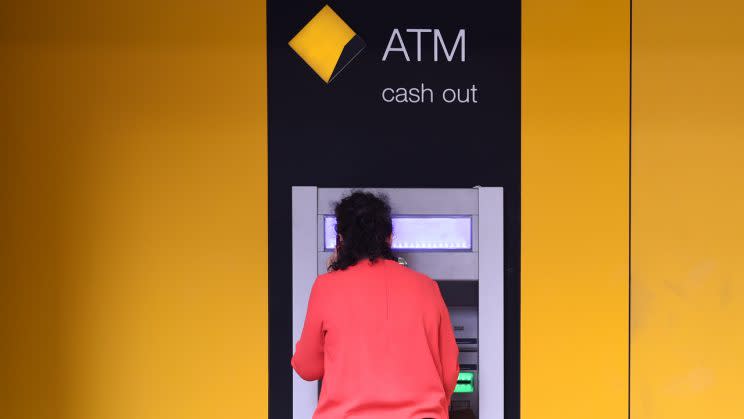Is the savings account dead?

By Clayton Howes
Years of record low interest rates have been great for any Australian who’s purchased a home or car on credit in recent years. But for your average rent-paying Australian with nothing to benefit from low rates, and everything to lose in their savings account? Not so much!
With most savings accounts paying a measly 2 per cent in 2017, and with skyrocketing rents and living costs, it can be easy to feel disillusioned with the idea of trying to save at all. Forget Bernard Salt – smashed avo on toast is looking like a far more favourable option these days!
But regardless of interest rates or living costs, many of Australia’s most wealthy will still say the same thing: putting money aside is a critical first step towards building your financial future.
So while it can be easy to despair, there are still a number of relatively simple tactics that can help even the most skeptical of savers scrape together those elusive dollars and cents to take that first step towards a financially sound future. Below are five (pretty easy) tactics for achieving this.
Also read: Which state is the worst for mortgage repayments?
1) Set It and Forget It
It’s 2017, so of course there are multiple apps that can help you save without even noticing it’s happening.
Acorns, Digit, and Lawnmower all “round up” purchases to the next dollar, and put this “spare change” toward an investment account. This allows you to save, and invest, pocket change incrementally throughout your day.
And if you don’t think it will make a huge difference, think about it this way. Even just $5 per week will equate to $260 in an investment account by the end of the year – $260 more than you probably have in there now!
2) Become a master of DIY
There’s such a thing as a “lazy tax” and you’re probably paying it right now.
Is your Starbucks coffee really worth the $5.50 you’re forking out each day, or could you get the same caffeine buzz from a freshly brewed cuppa at home? Could you possibly dine in one night instead of eating out, and make a fun or romantic night of it by getting the kids or your significant other involved in the cooking? Are there things you could be growing at home – vegies or herbs – go organic instead of paying a premium for wrapping and marketing at the supermarket?
Taking on a DIY approach doesn’t have to be considered a chore. In fact, it could become a really fun way to start getting creative and cutting costs on some of the items you consume most regularly.
Also read: Google Maps: now other people can track you, too
3) Ditch the Credit Card
Credit card debt is designed to be taken on easily – and paid off slowly and expensively. But why pay for a one-off expense using an ongoing debt facility? Why pay interest on an ongoing basis when your purchase occurred months earlier?
Ideally, we would only spend the money we’ve already earned. But emergencies can arise – as can a fun trip away with friends, or a new item of clothing we simply have to buy! So instead of holding onto a credit card “just in case”, it could make more sense to use a one-off cash loan when budget shortfalls come up. This can provide the quick cash you need, while allowing you to then get out of debt fast by repaying it within a designated timeframe. By not having access to a credit card in your wallet, you may also rethink your purchase in the first place.
4) Start a “One Day a Week Plan”
Just one day a week: ride your bike to work, pack a lunch, make dinner at home when you would have gone out to eat. At the end of the month, count up the dollars saved from each of these items and put it towards your savings or investment account.
5) Make Guilty Pleasures More Affordable
Sure, we all have items which we don’t need but we really want. Find a mobile app which specializes in providing you with discount notifications. Examples are Decide, RetailMeNot and SnipSnap. These apps can provide 10 per cent, 20 per cent or 30 per cent off discounts to some of your favorite retailers. Where you can’t help yourself, become a bargain hunter – your savings account will thank you.
Clayton Howes is chief executive of digital consumer finance firm MoneyMe.

 Yahoo Finance
Yahoo Finance 